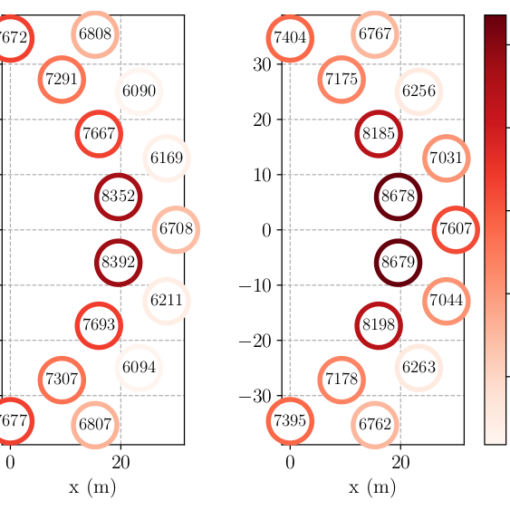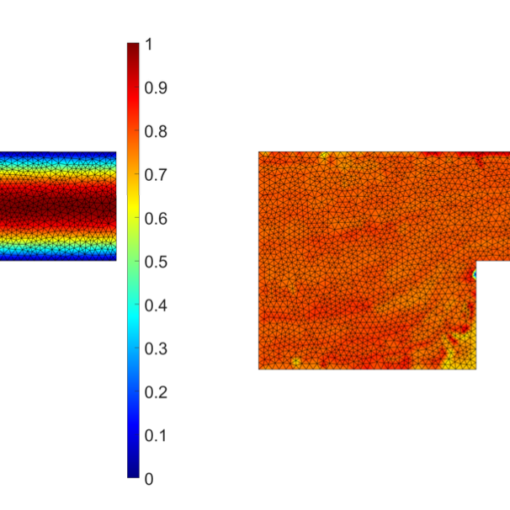A new MOX report entitled “Novel longitudinal multiple overall toxicity score to quantify adverse events experienced by patients during chemotherapy treatment: a retrospective analysis of the MRC BO06 trial in osteosarcoma” by Spreafico, M.; Ieva, F.; Arlati, F.; Capello, F.; Fatone, F.; Fedeli, F.; Genalti, G.; Anninga, J.; Gelderblom, H.; Fiocco, M. has appeared in the MOX Report Collection.
The report can be donwloaded at the following link:
https://www.mate.polimi.it/biblioteca/add/qmox/72/2022.pdf
Abstract: Aim: This work is intended to study the evolution of chemotherapy-induced toxicity over treatment, introducing a new method for summarize multiple toxic adverse events (AEs), i.e., the longitudinal Multiple Overall Toxicity (MOTox) score. A retrospective analysis of patients from MRC BO06/EORTC 80931 Randomized Controlled Trial for osteosarcoma was conducted.
Methods: Patients were randomised to six cycles of conventional versus dose-intense regimens of doxorubicin and cisplatin. Non-haematological toxicity data were collected prospectively and graded according to the Common Terminology Criteria for Adverse Events (CTCAE). The MOTox score was defined by condensing the worst AE and the overall toxic condition, including a time dimension. Multivariate models were constructed to assess the evolution of high overall toxicity, examining cycle-by-cycle the impact of personalized characteristics, such as achieved chemotherapy dose, previous toxic events, or biochemical factors.
Results: The flexible longitudinal depiction of MOTox score represents the strength of our method. A cycle-by-cycle dimension allowed to reconstruct different evolution patterns over treatment, leading to informative ramifications on patients’ health statuses. Patient’s toxic history played an important role in the quality of life over therapy, showing an autoregressive impact of previous toxicity. Conventional regimen had to be preferred to dose-intense one in terms of toxic AEs in the first half of the treatment.
Conclusion: This study shows that working in this direction is a difficult but profitable approach. The flexibility of our method, added to a cooperation with medical staff, could lead to improvements in the definition of useful tools for health care assessment and treatment planning.




